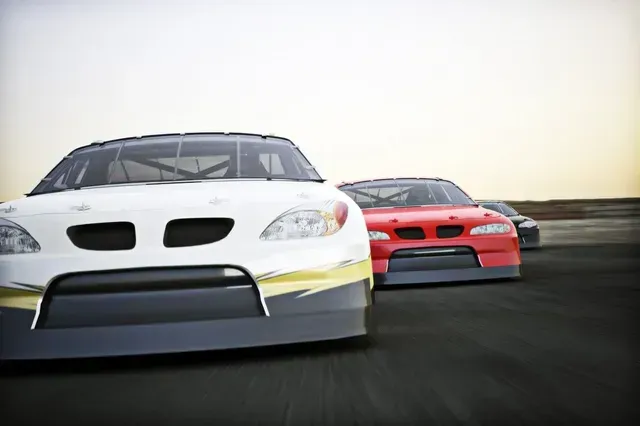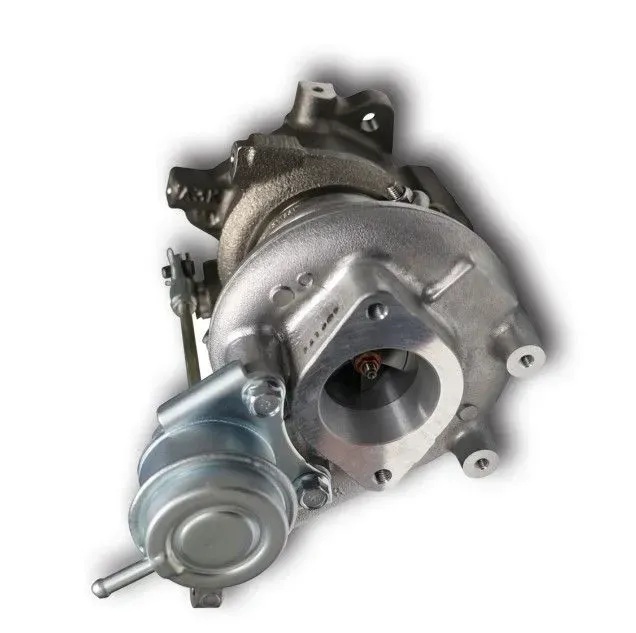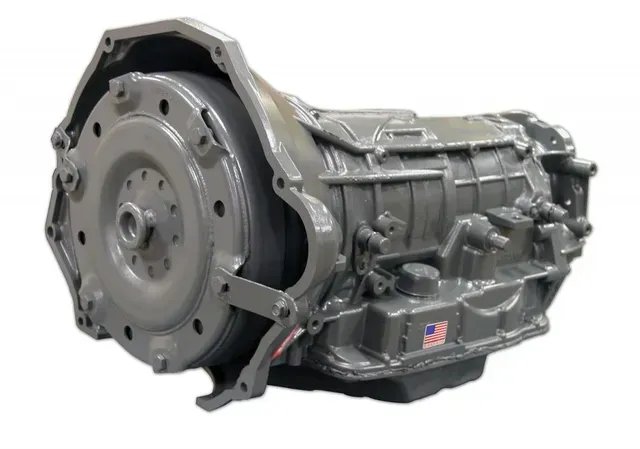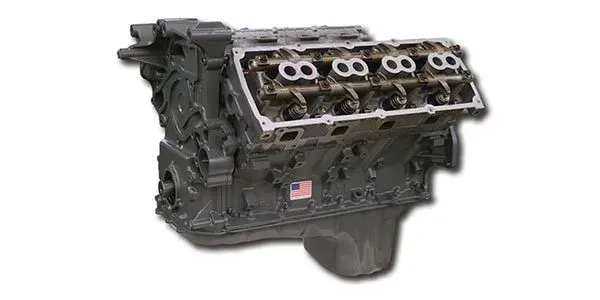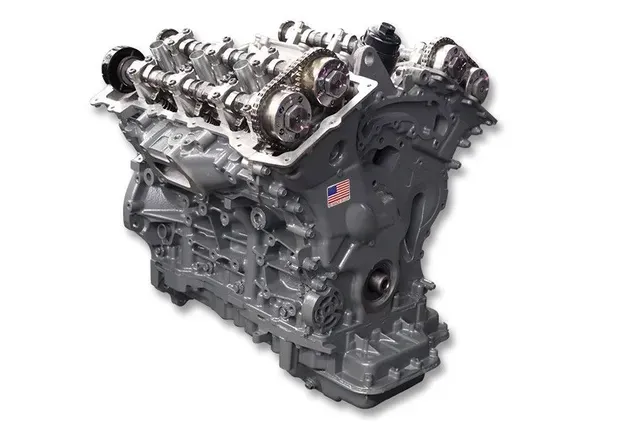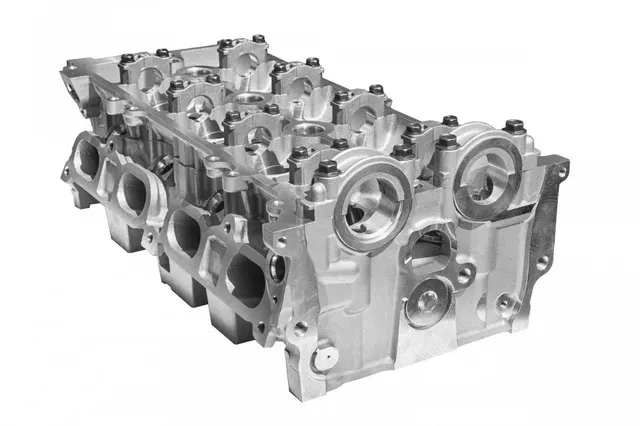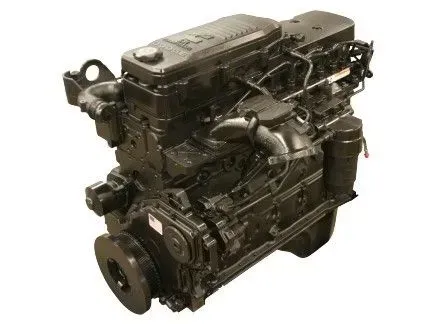Seeing your check engine light come on is frustrating, especially when everything feels fine. It’s one of the most misunderstood warnings on your dashboard. Some drivers ignore it for weeks. Others assume the worst. The truth is, the check engine light is just your vehicle’s way of letting you know something needs attention.
At Creekwood Tire & Auto Repair in Lenoir City, we diagnose check engine lights every day. Some issues are minor. Others require immediate action. Knowing the difference can help you make smarter decisions and avoid unnecessary stress—or costly repairs.
What the Check Engine Light Means
The check engine light is connected to your vehicle’s onboard diagnostics system. When a sensor detects something out of the normal range, it triggers the light. That can include anything from a loose gas cap to a misfiring engine cylinder.
The light doesn’t tell you the exact issue—it just tells you the car needs to be checked. That’s why a professional scan is the best first step.
Solid Light vs. Flashing Light
There’s a difference between the light staying on and flashing:
- A solid light usually means the issue isn’t urgent, but it should still be diagnosed soon.
- A
flashing light means there’s a more serious problem—often a misfire—which can damage your catalytic converter. If it’s flashing, it’s best to stop driving and get it looked at right away.
Common Reasons the Light Comes On
There are dozens of reasons a check engine light can turn on, but a few tend to come up more often:
- Loose or faulty gas cap
- Worn spark plugs or ignition coils
- Failing oxygen sensor
- Faulty mass airflow sensor
- Emissions system problems
- Catalytic converter issues
Without a scan tool, there’s no way to know which one it is just by looking at the light.
What You Should Do When the Light Comes On
Start with a quick check of the gas cap. If it’s loose, tighten it and drive for a bit to see if the light turns off.
If that doesn’t work, or if the light stays on after a couple of drives, bring your vehicle in. The longer you wait, the higher the chance of more wear or damage. Even if your car feels fine, your engine might be working harder behind the scenes.
Why You Shouldn’t Ignore It
Ignoring a check engine light can turn a small repair into a bigger one. A misfiring cylinder might start as a bad spark plug. Left too long, it can lead to catalytic converter damage or poor fuel efficiency.
It’s not about fixing something immediately—it’s about finding out what’s wrong and knowing your options.
How We Handle Check Engine Diagnostics at Creekwood
When you come in for a check engine light scan, we don’t just read the code and hand it to you. Our ASE-certified technicians:
- Use advanced diagnostic tools to read the trouble codes
- Pinpoint what’s causing the issue—not just what triggered the light
- Check related systems to see if there are other underlying problems
- Explain everything in simple terms and help you decide next steps
You’ll know what the problem is, what it means, and what it’ll take to fix it—no pressure and no guessing.
When to Get It Checked
If the light is solid and your vehicle is driving normally, schedule an inspection soon. If it’s flashing, call right away. Either way, it’s better to know what’s going on before something else is affected.
Final Thoughts
The check engine light doesn’t have to be stressful. It’s a signal—nothing more. The key is not waiting too long to figure out what it’s telling you.
If you’re driving around Lenoir City with your check engine light on, stop by Creekwood Tire & Auto Repair. We’ll run the scan, explain what’s happening, and help you decide how to move forward—so you can drive with confidence again.
